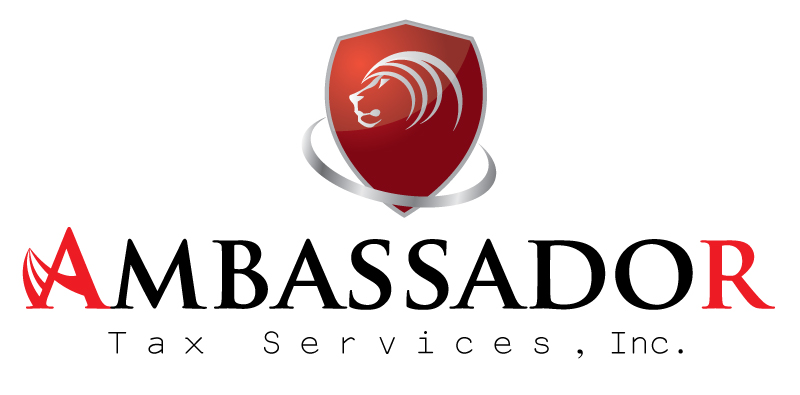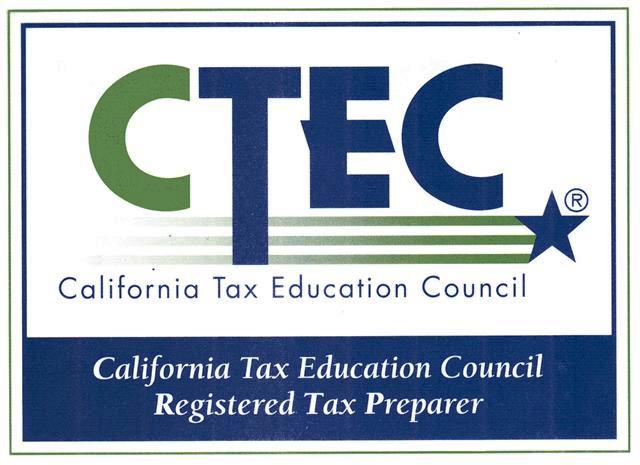
This time it’s for real.
The income tax filing and payment deadline has finally come around. Pushed back from its normal April 15 slot because of the COVID-19 pandemic, the deadline means it’s finally time to get the job done.
With the deadline pushed back to give practitioners and their taxpayers an extra three months to file and pay any tax due, one might think that everyone would have their returns filed by now. But some experts say they expect July 15 to be more like April 15 — only later.
At any rate, we thought a quick rundown of some available resources might make deadline day a little less hectic for everyone.
How do clients avoid the paper chase?
Tax pros have a big advantage when it comes to filing taxes. Unlike taxpayers who have to sweat through all the forms and jargon and then mail in their income tax return, professionals file taxes electronically, making the transmission of the return nearly instantaneous. Paper returns come with some significant drawbacks.
The IRS is experiencing delays in processing paper tax returns because they’re understaffed thanks to the pandemic’s effects. In addition, taxpayers who filed a paper return and expect a refund could see a delay in receiving their refund—as much as an extra four to six weeks from the time the return was mailed.
The IRS says it processes paper returns in the order they are received. If taxpayers have filed a paper return and their refund is delayed, they should not file the same return again or call the IRS.
Even with the delayed tax filing deadline, extensions can be obtained that push the filing deadline all the way to Oct. 15. There are two best ways to get an extension:
The automatic extension of time to file will process when taxpayers pay all or part of their taxes, electronically, by the July 15 due date. An extension to file is not an extension to pay. Taxes are still due by July 15.
Clients can pay easier electronically.
While a tax professional can get taxes filed quickly and easily, any tax due is the taxpayer’s responsibility. But the IRS has come up with a number of options so that even this once onerous obligation is easier than ever before.
Taxpayers can pay online, by phone, or with their mobile devices using the IRS2Go app. If they use a tax preparer, they should ask the tax pro to make the tax payment through an electronic funds withdrawal from a bank account. There are, however, other options available:
- IRS Direct Pay allows taxpayers to pay online directly from a checking or savings account for free, and to schedule payments up to 365 days in advance.
- Taxpayers can choose to pay with a credit card, debit card or digital wallet option through a payment processor. The payment processor adds a fee; no fees go to the IRS.
- The IRS2Go app provides the mobile-friendly payment options, including Direct Pay and through payment providers.
- Taxpayers may also enroll in the Electronic Federal Tax Payment System and have a choice of paying online or by phone by using the EFTPS Voice Response System.
Should clients set up an installment plan?
Qualified taxpayers can choose to pay any tax owed over time through an installment agreement with the IRS. An online payment plan can be set up in a matter of minutes. Taxpayers should be aware that interest and late-payment penalties will continue to accrue after July 15.
Here, too, there are options. The taxpayer’s specific tax situation will determine which payment option is available, either a short-term payment plan of 120-days or less, or a long-term payment plan that runs more than 120 days.
For information about their federal tax account, taxpayers can visit IRS.gov/account. There they can view the amount they owe, access their tax records online, review their payment history and see key tax-return information for the most recent tax return as it was originally filed.




